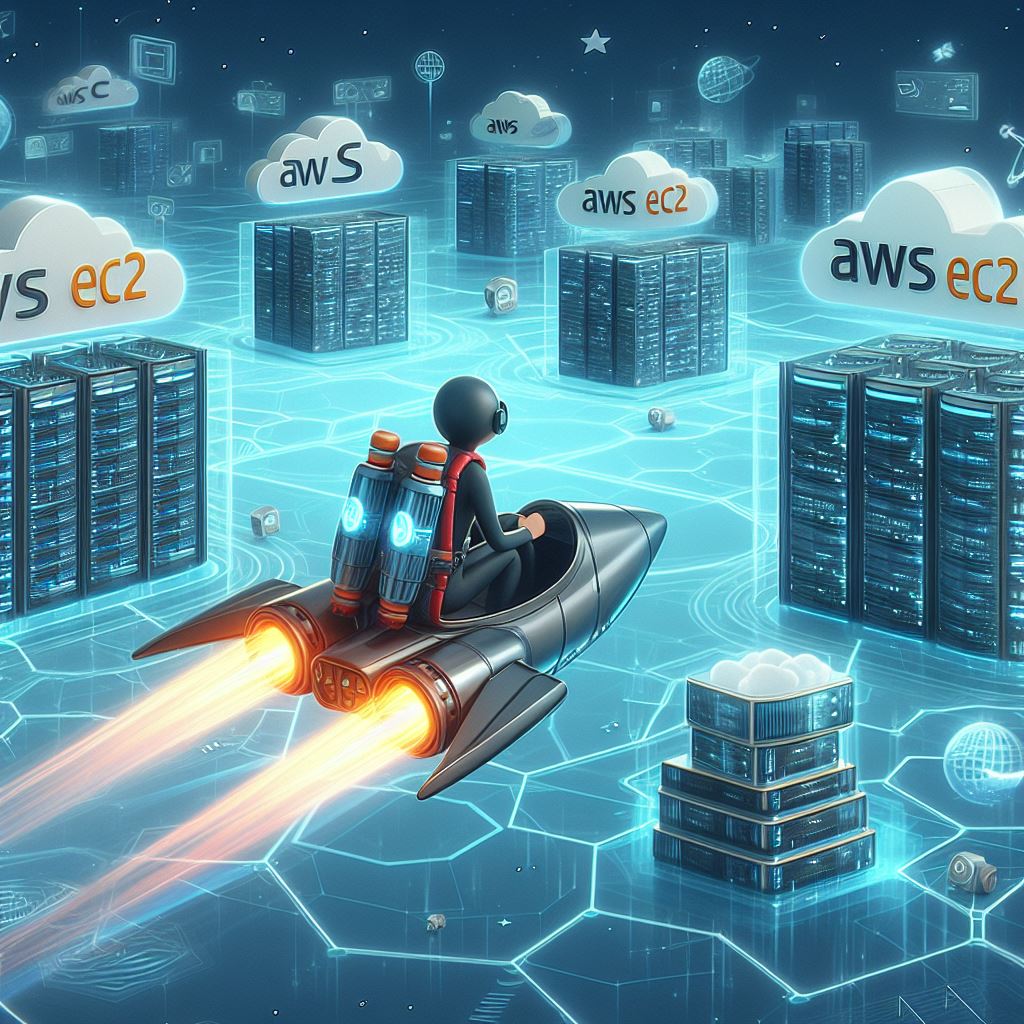Taking on AWS EC2 and Harnessing Its Benefits for Maximum Impact
Unlocking the Power of AWS EC2
In today’s digital landscape, harnessing the capabilities of cloud computing has become essential for businesses and individuals alike. Amazon Web Services (AWS) stands at the forefront of cloud solutions, offering a myriad of services to meet diverse needs. Among these, Amazon EC2 (Elastic Compute Cloud) serves as the backbone for hosting virtual servers in the cloud, providing scalability, flexibility, and reliability. In this comprehensive guide, we delve into mastering AWS EC2 with best practices, empowering you to build and manage your infrastructure efficiently.

Section 1: Understanding AWS EC2 Essentials
Embark on your journey to AWS proficiency by understanding the essentials of Amazon EC2. Learn how to create and configure virtual servers effortlessly, gaining insights into instance types, security groups, and key pair management. With step-by-step guidance, grasp the foundations of EC2 deployment, empowering you to launch instances tailored to your requirements seamlessly.
Section 2: Configuring Monitoring and Storage Services
Enhance your AWS EC2 prowess by configuring essential monitoring and storage services. Explore Amazon CloudWatch, a powerful tool for monitoring resource utilization, performance metrics, and alarms. Discover how to set up robust storage solutions using Amazon S3 (Simple Storage Service) and EBS (Elastic Block Store), ensuring data durability, scalability, and accessibility.
Section 3: Optimizing Performance with Load Balancing and Auto Scaling
Maximize the efficiency and resilience of your infrastructure with load balancing and auto-scaling mechanisms. Learn to configure Elastic Load Balancers (ELB) to distribute incoming traffic seamlessly across EC2 instances, enhancing availability and fault tolerance. Dive into auto-scaling groups to dynamically adjust capacity based on demand, optimizing performance while minimizing costs.
Section 4: Achieving High Availability with DNS and Database Configuration
Elevate your AWS EC2 proficiency by mastering high availability strategies. Explore Amazon Route 53, a scalable DNS (Domain Name System) service, to achieve reliable and low-latency domain routing. Delve into database configuration with Amazon RDS (Relational Database Service), leveraging managed database solutions for seamless scalability, durability, and performance.
Section 5: Harnessing Advanced AWS Services
Expand your AWS skill set by harnessing advanced services to complement your EC2 infrastructure. Learn to configure a Content Delivery Network (CDN) using Amazon CloudFront, accelerating content delivery to users worldwide. Explore Amazon SES (Simple Email Service) for scalable and cost-effective email solutions, empowering you to engage with your audience effectively.
Section 6: Real-world Applications and Best Practices
Bridge theory with practice as we explore real-world applications and best practices for AWS EC2. Gain insights from industry scenarios and expert recommendations, ensuring optimal performance, security, and cost-effectiveness in your deployments. From system administrators to developers and small to medium enterprises, this course caters to diverse audiences seeking to harness the full potential of AWS EC2.
Conclusion: Empowerment through AWS Mastery
As you conclude your journey through mastering AWS EC2 with best practices, you emerge equipped with the knowledge and skills to architect, deploy, and manage robust cloud infrastructures. Embrace the power of AWS to drive innovation, scalability, and efficiency in your endeavors, transforming your digital landscape with confidence and proficiency.
Virtualization 90 Minute Demonstration Crash Free udemy Cour
the secrets of virtualization in just 90 minutes with comprehensive course! practical skills real-world applications for VMware vSphere, Microsoft Hyper-V, AWS.










